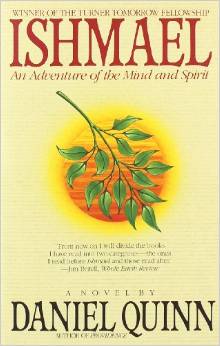Have you ever tried to get your arms around the über big picture? I mean, what is the end-game for the conversation that goes like this?
- Client: I want a mobile app.
- Consultant: Great! What are your requirements?
- Client: I want a new mobile channel.
- Consultant: No, I mean what do you want the mobile channel to do?
- Client: I’m not sure. What do you suggest? You are the expert!
- Consultant: OK, well, how do you want the mobile app to support customers and your operations?
- Client: I’m not sure. What do you suggest?
- Consultant: So, what is your larger strategy for the business and IT? Let’s start there.
- Client: I’m not sure. What do you suggest?
- Consultant: OK, well let’s drill down on your business model. Tell me about your customer segments and value proposition. What kind of relationships do you have with your customers?
- Client: Our business model has some problems. That’s why we want a mobile app.
- Consultant: Can we take a step back?
But take a step back to where? You need to understand how the whole planning process fits together before you can take steps back to the beginning.
The truth is, there is no linear process for an existing organization. There are concurrent activities going on at multiple levels. You can’t really stop everything and go to the beginning. You just need to find a good spot and jump in. Strategic discussions about the business model are occurring at some level of the organization. At the same time, at another level of the organization the operating model is being refined to bring operations into better alignment with the organization’s strategy. All this while the organization is trying to operate the business AND transform itself according to the last target operating model that was developed.
In the conversation above, this client is probably not in the mood to scan the environment and brainstorm potential business models. But changes in the environment are probably behind the problems with the business model, so that is an activity that you should recommend be spun off (assuming it is not already).
As for the mobile app, one option is to build something small as an initiative (transformation) or even a business-as-usual (BAU) activity that either resolves a major pain point or exploits a new insight. Learn and repeat as quickly as possible. This fiddling around can be a way to survive while the strategic issues are understood and addressed in the business model and/or operating model.




